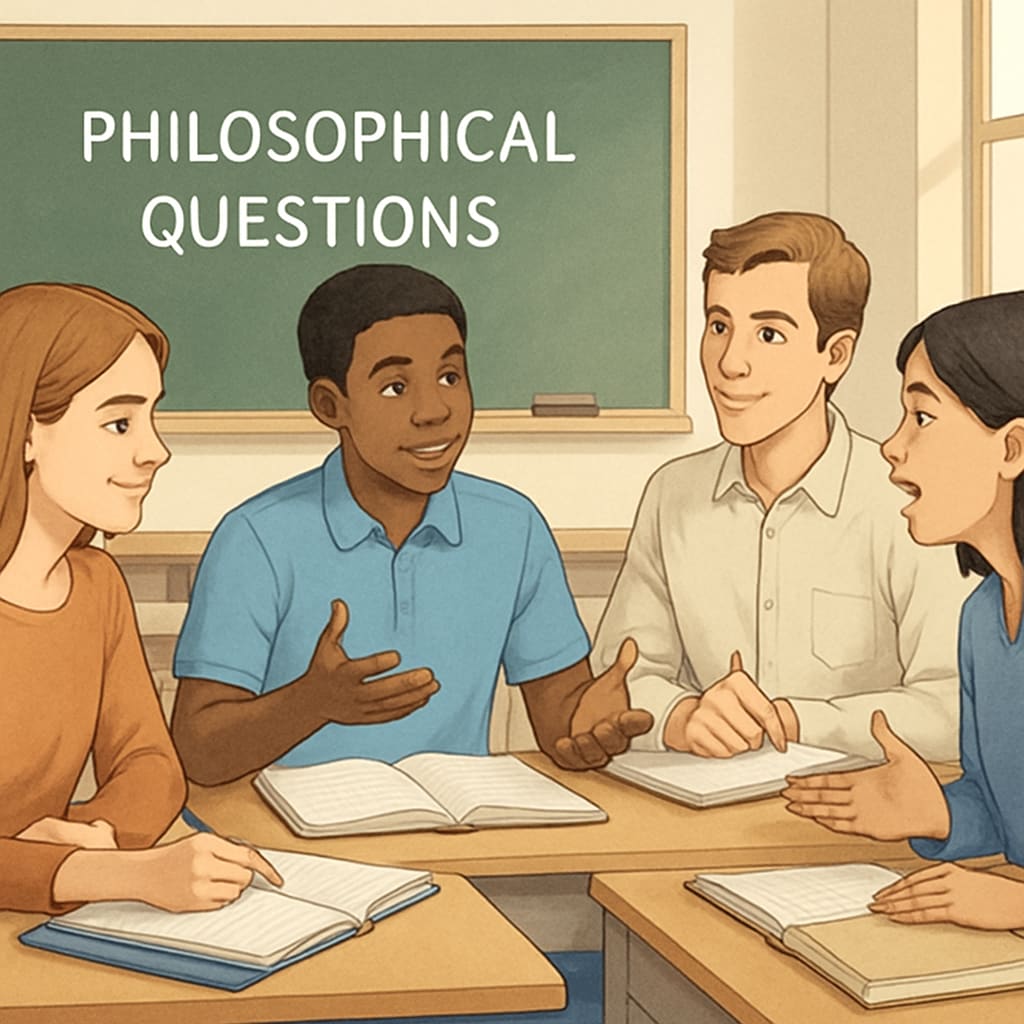Introducing psychology and philosophy as hobbies in the K12 education stage can help students develop critical thinking skills and self-awareness that are essential for personal and academic growth. By integrating these subjects outside the formal curriculum, educators and parents can provide young learners with engaging opportunities to explore the workings of the mind and the nature of wisdom. This article outlines practical strategies to support K12 students in their journey of psychology and philosophy learning.
Why Psychology and Philosophy Matter in K12 Education
Psychology and philosophy provide tools for understanding oneself and the world. Psychology, the study of the mind and behavior, helps students explore human emotions, decision-making, and interpersonal relationships. Philosophy, on the other hand, encourages deep thinking about ethics, existence, and knowledge. Together, these subjects can cultivate intellectual curiosity, empathy, and problem-solving skills.
For example, introducing philosophical concepts such as Socratic questioning can help students think critically about their beliefs and values. Similarly, basic psychological principles like cognitive biases enable them to better understand how they process information. By engaging with these disciplines early on, K12 learners can enhance their mental and emotional resilience.

Practical Ways to Introduce Psychology and Philosophy as Hobbies
There are several ways to encourage students to explore psychology and philosophy as hobbies outside the traditional school curriculum:
- Books and Literature: Provide age-appropriate resources, such as “The Little Book of Psychology” for younger students or “Sophie’s World” for teens interested in philosophy.
- Online Courses: Platforms like Coursera and Khan Academy offer beginner-level courses on psychology and philosophy designed for students.
- Interactive Activities: Host debate clubs, Socratic seminars, or role-playing scenarios based on philosophical dilemmas to make learning engaging and fun.
- Guided Reflection: Encourage students to maintain a journal to explore psychological concepts like motivation or philosophical questions about ethics.
These methods make abstract concepts more accessible, fostering curiosity and engagement.

Resources for Parents and Educators
Parents and educators play a crucial role in guiding students toward meaningful hobbies. Here are some resources to consider:
- Psychology Overview on Wikipedia: A comprehensive introduction to psychology.
- Philosophy Overview on Britannica: A detailed explanation of philosophical concepts.
- Apps: Apps like “Mindfulness for Kids” can introduce psychological practices such as meditation and self-reflection.
- Community Engagement: Encourage participation in local philosophy forums or psychology workshops designed for students.
By leveraging these tools, parents and educators can create a supportive environment for students to thrive in their exploration of psychology and philosophy.
Building Lasting Benefits Through Hobby Learning
Fostering interest in psychology and philosophy during the K12 years can have long-term benefits. Students who engage with these subjects often develop stronger analytical skills, emotional intelligence, and ethical reasoning—qualities that are valuable in higher education and career paths. In addition, these hobbies can serve as stress relievers, helping students navigate the challenges of adolescence with greater clarity and confidence.
As a result, introducing psychology and philosophy as hobbies not only enriches students academically but also nurtures their personal growth and mental well-being. Such initiatives can transform how young learners perceive themselves and the world around them, laying the foundation for a thoughtful, informed future.
Readability guidance: Use short paragraphs and lists to summarize key points. Incorporate examples and actionable advice to engage readers effectively. Ensure smooth transitions between sections for better flow.


